Can Four Seasons restore Baja’s former glory?
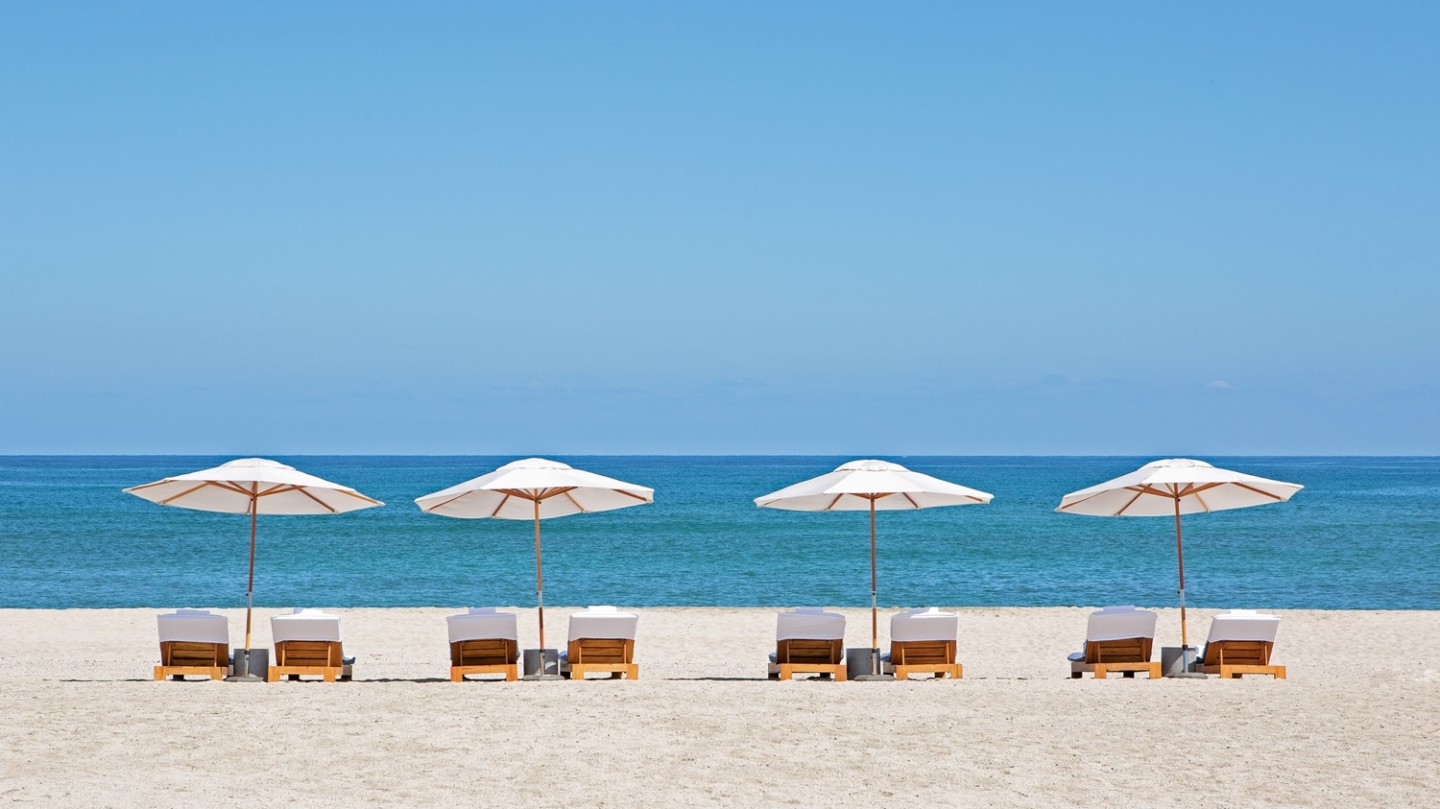
Roula Khalaf, Editor of the FT, selects her favourite stories in this weekly newsletter.
There are landscapes, and landscapes – and then there are the inimitable encounters between earth, sea and sky in Baja California Sur, the state at the tip of the 1,200km-long peninsula that separates the Mexican mainland from the Pacific Ocean. On the days when the sun shines here (numbering reliably between 300 and 350 a year), the sea challenges the blue end of the colour spectrum to contain it. “Deep ultramarine blue – a washtub bluing blue” is how John Steinbeck, who made regular forays down the peninsula from central California, described the long, narrow Sea of Cortez. Its electric tones are intensified by the desert it abuts: parchment-sand beaches, cinnamon-dusted bluffs, the dried sage green of the mountainous hinterlands. In Baja, when you lie back and look at the horizon, you’ll get an abstract expressionist masterpiece.
If you can find an empty enough spot to park yourself, that is. Once upon a 1950s and ’60s time, Americans were just discovering the towns of Cabo San Lucas and San José del Cabo, quaint 18th-century fishing outposts. Today, the stretch of the Highway 1 corridor that runs round the peninsula’s southern tip can feel like one long misadventure in breezeblock and terracotta.
Yet some distance to the east, at the mouth of the Sea of Cortez, there is another Baja in the making. The 1,000-acre development known as Costa Palmas commands 3km of pristine beachfront not far above Cabo Pulmo National Park, in an untrammelled part of the peninsula recently dubbed the East Cape. By around 2022, Costa Palmas will be home to two resorts (and possibly three), with branded residences ranging from $2.5m condominiums up to sprawling multi-level houses with price tags well into eight figures. Already, there’s a beach club in operation; a Robert Trent Jones-designed golf course is opening today; and they will be joined next year by a full-service marina. A small and smartly clad cohort of adventure “concierges” – fit, exuberant young Mexican men and women in coordinated athleisure wear – lead hikes, ATV drives and snorkelling excursions. Tennis courts, tick. Baseball diamond (with pitch-side taco truck), tick. Meanwhile, a full 14 acres of organic vegetables and orchards have been planted, which will expand to 18, destined to provision the larders of both resorts and residences. The whole of the project is, for this part of the world, exceptionally – and laudably – low density; there’s not a structure on the site that extends taller than three levels.
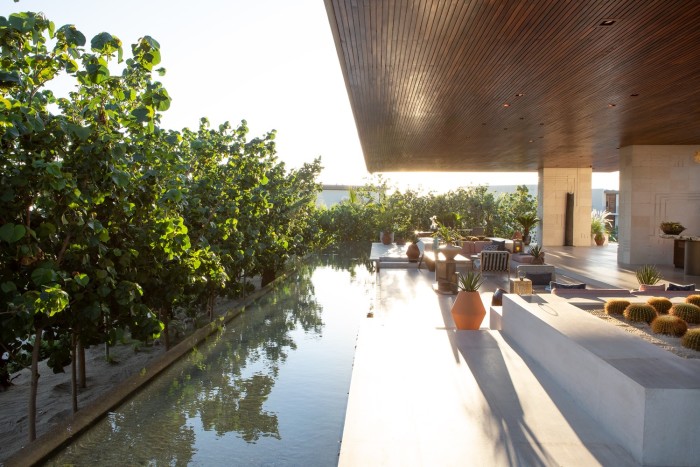
That Costa Palmas has serious buzz is no surprise. The development is already home to the Four Seasons Resort Los Cabos at Costa Palmas, and in 2021 Amanvari, Aman’s first resort in Mexico, will open; the two brands are also managing all the residences. (The latest to be rumoured to have signed up: Soho House, with a club, hotel and its own branded residences.) It’s also getting a reputation for the roster of Hollywood A-listers and Bay Area tech titans who have been flying down to tour the site. Prospective homeowners, they stay in the chic casitas temporarily erected on the beach where blond sea grasses give way to soft sand.
Like the residences it manages and the Costa Palmas beach club, the Four Seasons, which opened last month, was designed by Guerin Glass Architects. Its principals have worked with Jason Grosfeld, chairman and CEO of real-estate firm Irongate, on numerous projects (among them his own 1,440sq m home in Aspen and the rather-less-touted Trump International Hotel and Tower in Waikiki, Hawaii). The 141 rooms and suites are spread among casitas arranged in a rough half-circle, facing acres of immaculate beach.
Anyone looking for the twee reprisals of Spanish-Colonial design that prevail in Los Cabos will be disappointed here; it’s rigorous contemporary all the way. But the palette outside has found its way inside the rooms, resulting in something pleasingly elemental and surprisingly place specific. Limestone, marble and smooth plaster in all the shades between salt and sand contrast with shining brass and richly grained pale woods. And everywhere is light, light, light – it pours in, through floor-to-ceiling glass panes and terraces fronted entirely with glass doors.
Across the resort, there’s little to want for. The word curated, in its contemporary and commoditised sense, comes to mind. The pool designated for families convincingly mimics a shallow pond, bordered with boulders and reeds and traversed by a footbridge; that it’s quintessentially resort-y doesn’t detract from its beauty. The spa, with huge treatment suites and its own small estuary beach for standup paddleboard yoga, offers body treatments that utilise locally made scrubs and oils, and facials from Odacité and Tata Harper, the cult brand of the global beauty cognoscenti. El Puesto, the cevicheria, is a win – a simple squared-off bar, set in the sand and surrounded by stools, a place that begs to be the afternoon hangout every day of your entire holiday. There’s also, rather weirdly, an outpost of Estiatorio Milos, New York City’s preferred power-lunching Greek taverna (admittedly delicious, particularly the seafood, bought beachside each day from local fishermen).
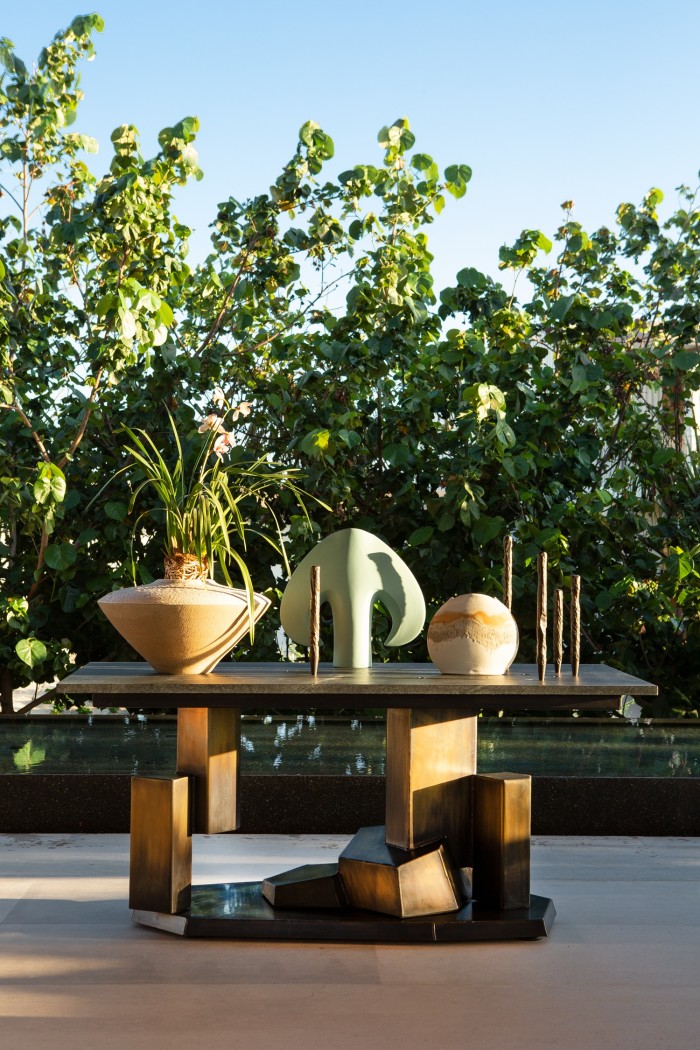
In its aggregate, the Four Seasons manifests a very Californian ideal of luxury. It’s somehow at once laidback and slightly hermetically sealed. It seems at times to want to be in LA as much as, if not more than, in Baja. (One of its boutiques is an outpost of the luxury T-shirt brand James Perse; whether that’s totally awesome, or kind of defeats the purpose of travel, is a matter of perspective.)
But to reiterate the obvious, the assets that underpin everything else here are the coordinates. Bar three small villages and one funky vacation-house development a few kilometres away, Costa Palmas is pretty much the only thing going on the East Cape. This makes the Four Seasons, and eventually Aman, players in a bigger game than just water toys and sexy bathroom finishes. All you need do to understand how dire the effect of hotel and residential development can be on a landscape is drive 80km south. Pollution, water waste and overfishing are top-of-agenda issues in Los Cabos. By contrast, Costa Palmas sits at the mouth of what Jacques Cousteau once described as “the aquarium of the world”; the Sea of Cortez is home to hundreds of fish species and thousands of invertebrate ones, some critically endangered. It’s also home, during their seasonal migration, to grey, humpback and blue whales.
“I want Costa Palmas to be the most environmentally friendly resort in North America, if not the world,” Irongate’s Grosfeld told me of the brand’s ambitions (pretty boldly, for a guy speaking on the record). “First we thought about the environment and the activities, then about how to build something on the land that respected all those things – kind of the inverse of how it usually goes in development. It’s a priority for me.” He seems to be putting his money where his mouth is, at least to some degree. According to his spokespeople, there will be 60 per cent fewer rooms than were initially approved in Irongate’s proposal – which results in less resource use as well.
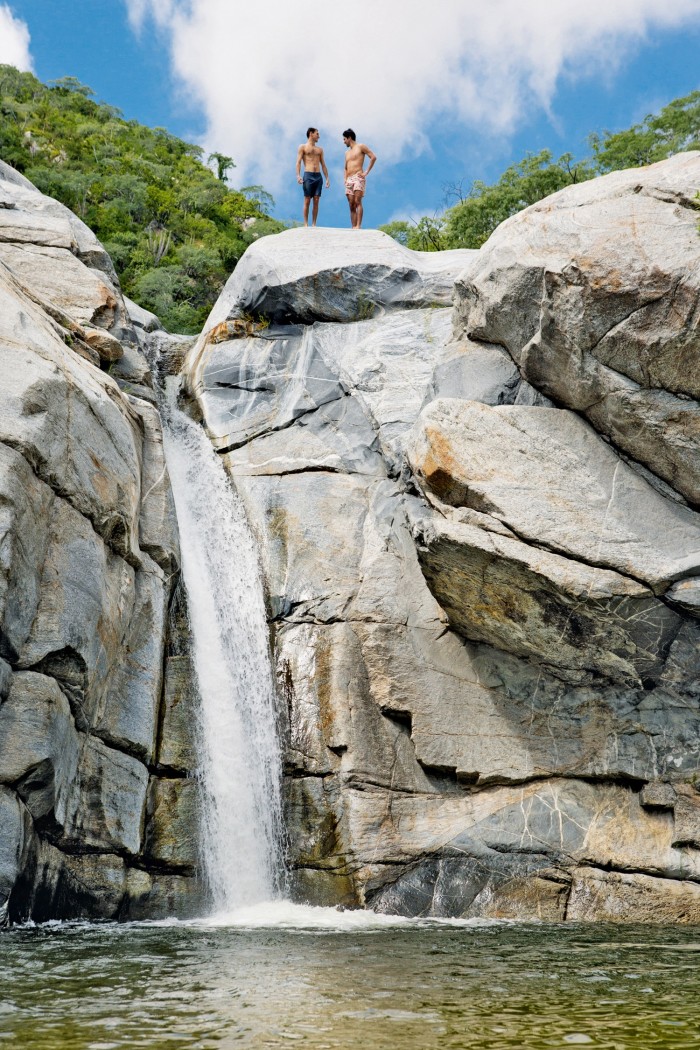
Grosfeld also has big ideas for leveraging the surrounding environment, claiming the volume of activities available to guests and residents of Costa Palmas up and down the coast here is “really double or triple anything I’ve ever seen at a hotel or a resort”. While I can’t speak to what informs his metric, Four Seasons’ adventure concierges did, in fact, take me clambering over rocks, speed boating up the coast toward Los Barriles, hiking trails leading to waterfall-fed pools, and piloting super-fast ATVs directly from the resort’s beachfront along the sand and into miles of empty dunes.
And it was all pretty epic. But when pristine environmental surroundings are a major USP of your hotel, their custodianship needs to be your talking point before it’s someone else’s. There’s an opportunity here – some might define it as closer to an obligation – for Four Seasons to position itself as setting a bar for the East Cape. To this end, I had questions – and some disappointments. I wondered why there wasn’t a team of naturalists to complement the adventure concierges, where education might be promoted alongside thrill-seeking. (On the last of my three days at the resort, I learnt that some of the latter have actually received naturalist instruction; here’s hoping the resort starts to leverage it.) And when it transpired that Costa Palmas does have a dedicated onsite conservation initiative for local populations of turtles and several endangered bird species, and community youth programmes, it seemed a shame the team wasn’t doing more to make guests aware of them.
During my stay, in October, the rooms were full of 330ml plastic water bottles, which were handed to guests heading out on excursions by the twos and threes. I was told a filtered-water system was being installed and would service rooms and public areas within “a couple of months”. But why the strange choice of those bottles as a stopgap, when there was spring water in glass bottles available in all the bars and restaurants?
Small things, you might think, but with potentially big optics. “There is such an opportunity here for all these luxury hotel guys,” says Pedro Zapata, vice president of the Mexico chapter of nonprofit organisation Oceana. Oceana works at the federal level, but Zapata used to lead the Mexico Oceans Program for the Environmental Defense Fund, based out of La Paz, so he knows the local issues. He’s in the process of drafting proposals to engage the corporate sector – including some luxury hotel companies within it – to encourage them to make serious commitments in reducing plastics pollution. “They have the resources to take steps [ahead of the government], and it would reflect so well on them.”
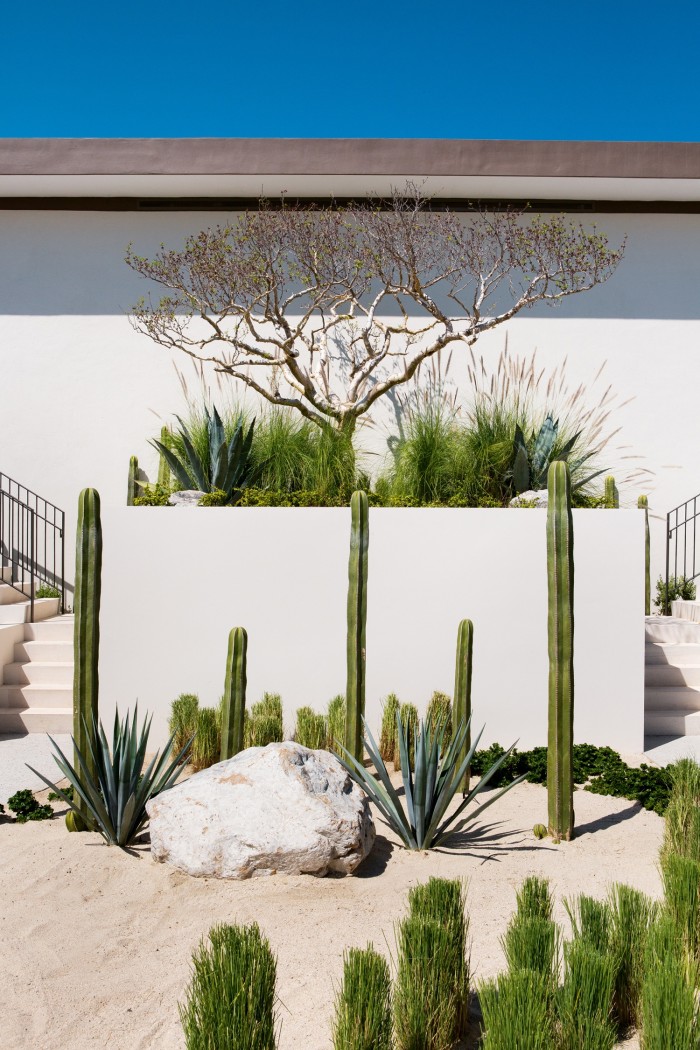
I described the Four Seasons to him – its beauty, the location, the sort of educated guest it’s likely to get. “There’s a fresh crop of excited marine biologists graduating from the University of BCS down here every year” who would leap at the opportunity that Costa Palmas, and the Four Seasons, presents, he says. “Cabo Pulmo is arguably Mexico’s most beloved national park. It’s so close. I mean, isn’t that what they’re selling…? The natural beauty of the place?
“The world is moving towards a more sensitive ideal about these things,” Zapata continues. “People get it – there’s real pleasure to be had in knowing you have a light footprint.”
He’s right. Costa Palmas is singular, and the Four Seasons ultimately compelling, and for more than just its location. The things they haven’t got entirely right so far are bound to be rectified if enough guests want it that way, and say so. Because the truth is that in 2019, everyone has to advocate; those inimitable horizons are as much our responsibility as theirs.
Maria Shollenbarger was a guest of Four Seasons Resort Los Cabos at Costa Palmas (fourseasons.com); from $850, plus tax and fees.
Comments